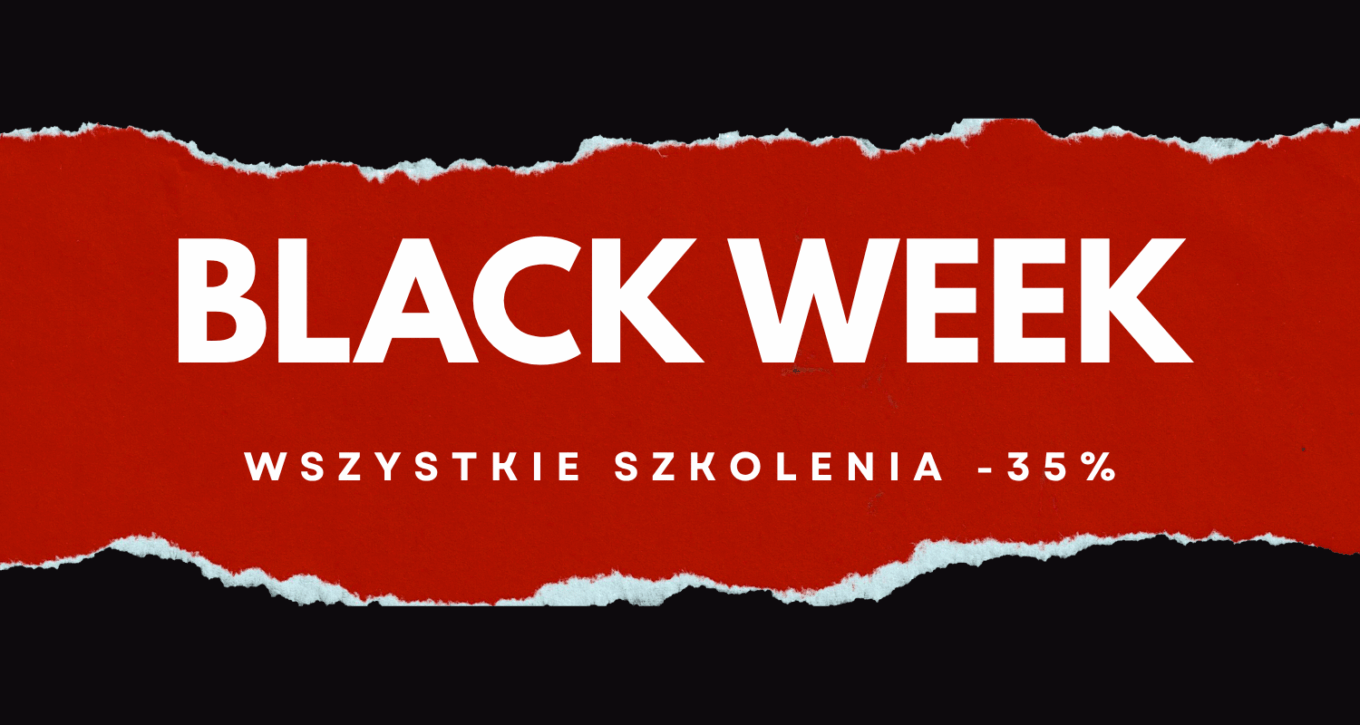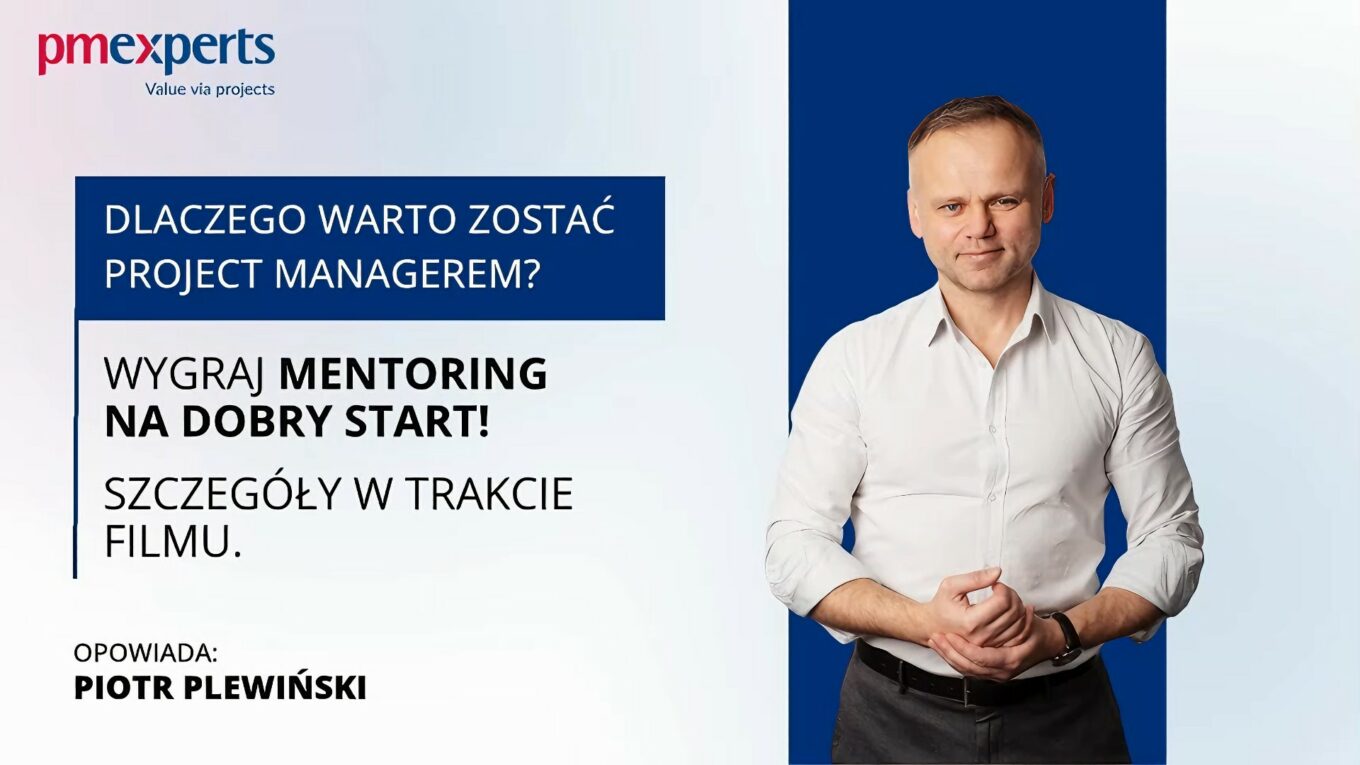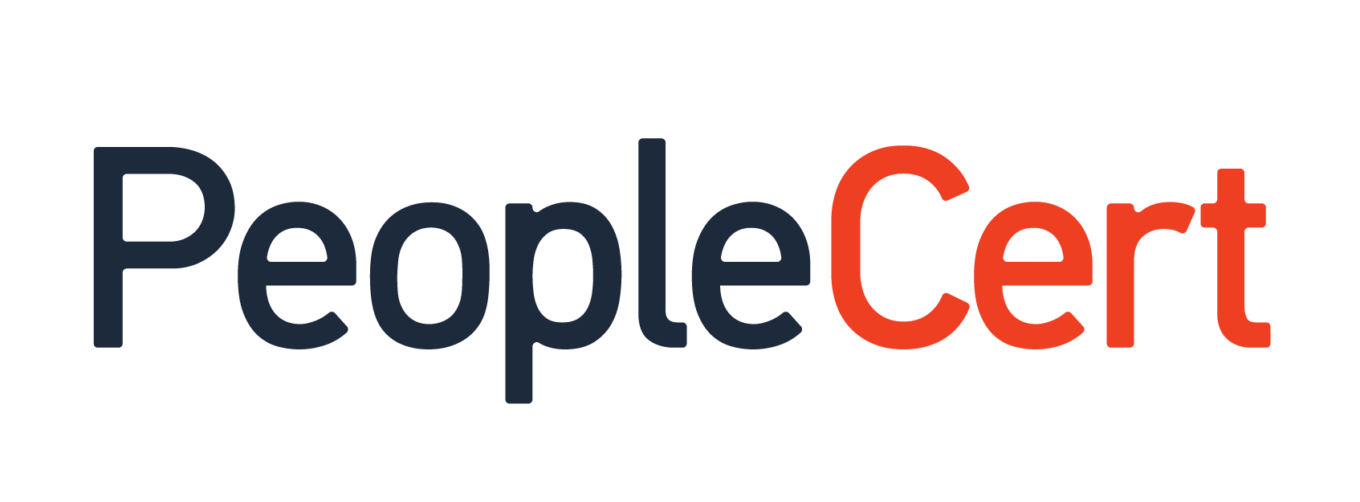At pmexperts, we are deeply committed to the vision of creating value together with our clients. That’s why there’s nothing more rewarding for us than building lasting partnerships. Long-term collaboration with our clients is the strongest proof that our work brings real business benefits.
Sometimes, we work with the same organization for many years, training successive groups of employees on the same topics. In other cases, we build on earlier trainings by offering more advanced and specialized workshops. Some clients choose to work with us to create - and later optimize and develop - their internal project management methodologies. Others engage us to manage their projects directly and, to our delight, often continue the partnership on new initiatives. We hope that specific examples of such long-term cooperation will inspire you to start a lasting collaboration with us.
Production under tender constraints – challenges of a global supplier
Today’s example involves a collaboration with an international company that manufactures products for uniformed services around the world. Delivering products to this market is largely based on tender procedures governed by the public procurement laws of the target country. Each tender is a complex undertaking, where proper initiation, planning, and execution significantly increase the chances of winning. At the same time, securing a contract often marks the beginning of a multi-year delivery phase. Much like in the automotive industry, the entire process can be treated as a single production project characterized by the regular delivery of large quantities of ordered products. Each production batch is also an opportunity to improve both the product itself and the delivery process.
Identified need and invitation to collaborate
The client invited us to collaborate at a point when the organization had already grown significantly and had internally identified the need to structure not only its logistics and production processes, but also the preparatory and managerial aspects of the projects it undertook. Employees involved in these processes initially attempted to organize the necessary activities on their own. Internal workshops helped them identify a range of questions and uncertainties that were difficult to resolve independently. That’s when pmexperts got invited—as a specialized external partner—to support the internal team in developing a project management methodology.
From first meeting to shared goal
After the initial meetings with representatives of the organization, we proposed our proven approach to developing project management methodologies tailored to the specific environment of each organization. Once the collaboration was agreed upon and the necessary confidentiality documents were signed, we kicked things off with a kick-off meeting involving the internal team that had already been appointed by the client. The aim was to provide all stakeholders with a clear understanding of the purpose of our cooperation, the agreed steps, and the overall framework of our joint efforts. At this stage, it was essential for us to establish a shared understanding of the initiative as a joint undertaking equally involving both the client’s employees and pmexperts’ consultants.
The first activity after the kick-off meeting was to conduct a project maturity assessment of the organization, both in terms of formal procedures and actual practices. We began by reviewing the existing internal documentation, the decision-making structure, and the digital tools used to support daily project operations. We also held a series of interviews with selected representatives from various management levels. The findings were compiled into a report, which we presented to the client’s leadership team. Based on that report, we refined the scope of work for the upcoming stages of the project.
Workshops and initial methodology design
The next step was to conduct a workshop for the team assigned by the client to collaborate on the project. The goal was to ensure a level of understanding regarding key concepts and frameworks recommended by the project management standard outlined in the PMBOK® Guide. An important outcome of the workshop was also the agreement on a common set of terms, which plays a crucial role in precisely defining the methodological approach within the organization. During the workshop, we worked with real examples of projects delivered in the company. In addition to projects focused on tenders and product delivery, we also discussed R&D initiatives and investment projects, such as construction. This allowed us to begin sketching out preliminary frameworks that would later be reflected in the final project management methodology.
Testing the methodology and pilot projects
The next phase of our collaboration involved an iterative process of refining the drafts of the methodology. Within less than a month, we went through three cycles of document development. As a result, we produced an initial version of the methodology, which was then applied to a set of selected pilot projects. These pilot projects allowed us to test the proposed organizational structures and project documentation templates in practice. During this time, we also held a meeting with the organization’s top management, which provided us with critical feedback. Throughout the pilot phase, pmexperts consultants worked closely with the client’s team, jointly collecting and analyzing real-world experiences to refine the methodology before submitting it for final approval. We also conducted training sessions for project teams, expanding the group of individuals prepared to operate within the new organizational frameworks. Project managers leading the pilot initiatives received one-on-one support focused on the practical application of the methodology in their daily work.
Approval and implementation of the methodology
The final version of the internal project management methodology for the company in question was approved by top management after six months of refinement based on the pilot projects. Importantly, we made it clear to the client’s representatives that further improvements would certainly be necessary. This is a natural part of the process. On one hand, each new project brings additional experience and ideas for optimization. On the other hand, the external environment in which the organization operates continues to evolve, inevitably affecting internal structures. It’s important not to revise the methodology too often. As a rule, we recommend reviewing and updating it after one year of consistent use.
Optimization after two years
In this case, we resumed our collaboration with the client after just under two years. During that time, the organization had gained substantial experience from executing projects, applying the approved methodology, and working with the established document templates. This time we began with a joint retrospective and discussion over the collected insights. Then, working again with the client’s assigned team, we reviewed and refined the methodology to better meet current needs. It’s worth emphasizing that optimization doesn’t always mean simplification. The goal is to improve relevance and ensure the methodology provides an accurate response to the organization’s present-day requirements. While we generally advocate for concise documentation, there are cases where certain aspects of project management or execution require more detailed descriptions or more complex templates.
An update is not enough – implementation in practice matters
Following the update of the methodology, it was essential to promote awareness and explain the changes across the organization. In this area, the client once again relied on pmexperts consultants. Thanks to our strong understanding of the organization, the relationships we had already built with individual employees, and our involvement in drafting the updated methodology, we were well-positioned to take on the responsibility of training leaders from various departments. Naturally, these training sessions were shorter than those conducted two years earlier. However, based on our experience, they still needed to include a segment dedicated to the core frameworks and recommended project management practices, as well as a section focused on the new elements introduced in the updated methodology. It’s important to remember that at least some participants in such training sessions are only occasionally involved in projects, so revisiting the fundamentals is a valuable opportunity to refresh their understanding of the project-based approach.
A partnership that grows with the company
Our client’s organization continues to undergo dynamic transformation. The organizational structure is expanding and evolving. At the same time, global trends in markets, politics, and technology are creating new challenges and opportunities. It won’t be long before the time comes to reassess the relevance of the methodology again, this time moving toward version 3.0. And when that moment comes, we’ll be ready to help.
Article written by:
Maciej Krupa
Project Manager, Senior Consultant
PMP®, PRINCE2®, AgilePM® Accredited Trainer










